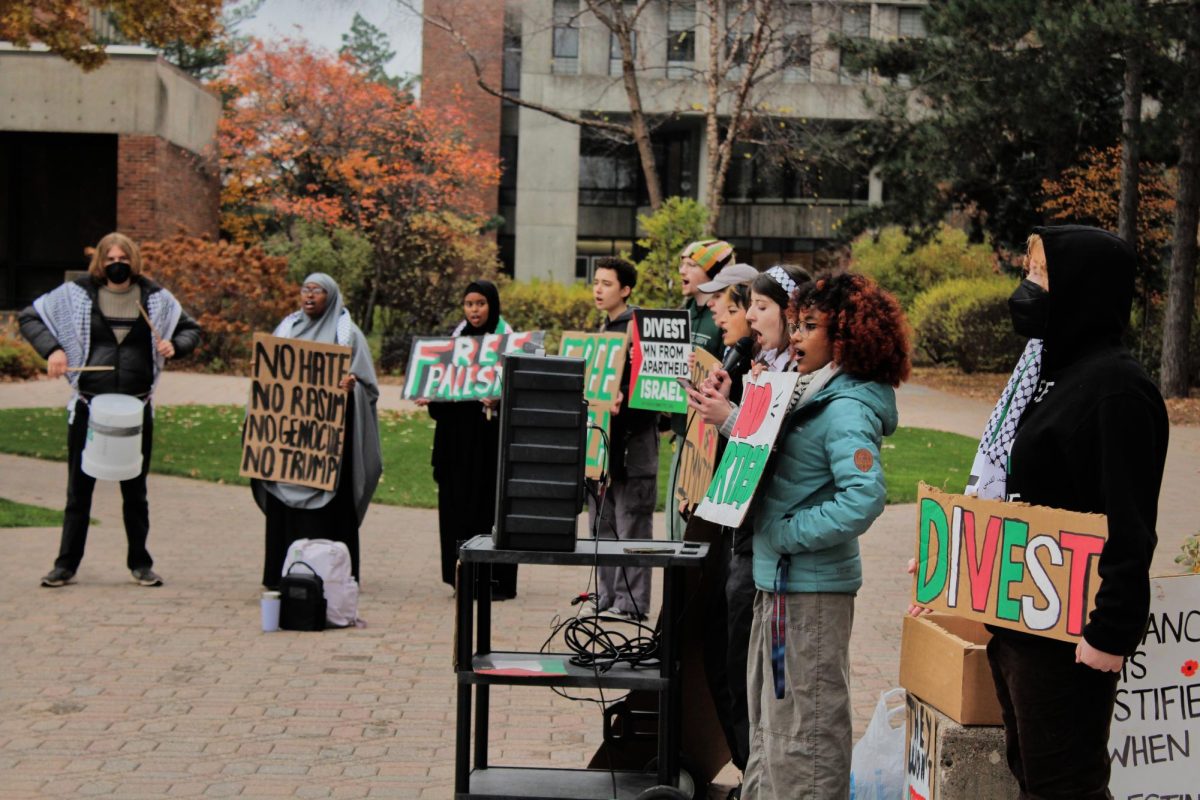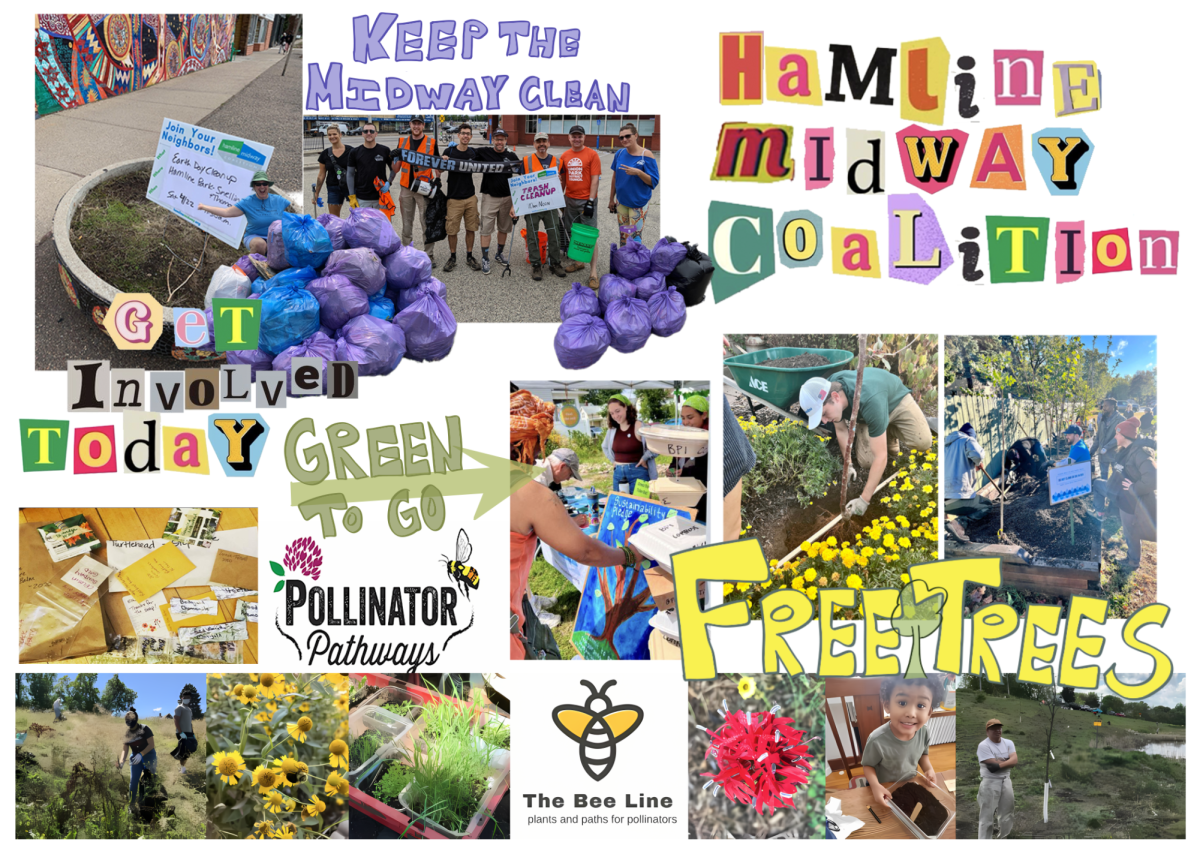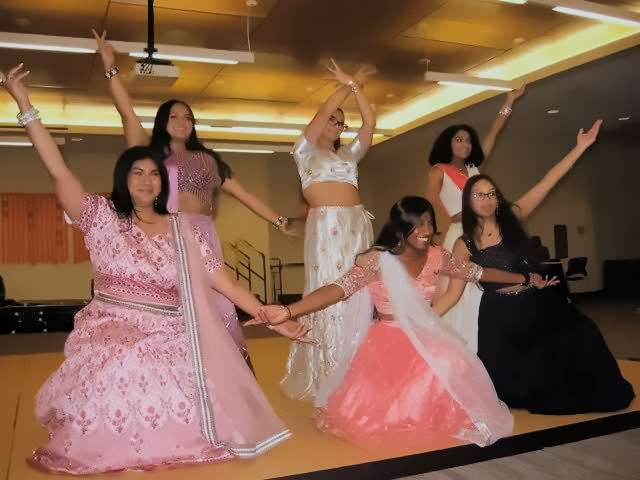This year’s common read, the novel provided to all incoming first year students to allow them to connect literature and conversations to the current institutional theme, is “Firekeeper’s Daughter,” written by Angeline Boulley. “Firekeeper’s Daughter” focuses on themes of indigenous community, grief, loss of childhood innocence and adventure. As described by Boulley herself, the novel has the vibe of a mixture between Nancy Drew and 21 Jump Street.
Boulley grew up in Sault Ste. Marie with a great love for books and the magical stories within them. In her senior year of high school, the inspiration for a story of her own struck her. She lived with this idea and tossed it around in her head for many many years until 2009 when she finally began to put her imagination into words. Her book was then released into the world March 6, 2021. The story was launched onto the New York Times Best seller list and relaxed into the number one spot.
On Oct. 11, 2023, Angeline Boulley visited Hamline virtually to present her story as an author and as an Indigenous woman having grown up around Sault Ste. Marie, Michigan.
Boulley began her presentation by jumping right into her relationships with novels throughout her life and how they impacted her.
Boulley commented on the lack of representation of indigenous main characters in novels and how this affected her perception of books throughout her life.
“[Senior year of high school] was the first year that I ever read a story where the main character was Native American. It wasn’t until I saw myself in a book, represented, that I realized that I hadn’t been represented in books up to that point … Every child deserves to be seen in the pages of a book and hopefully as early as possible,” Boulley said.
This lack of representation that Boulley experienced is a part of a much larger issue of Indigenous authors not being published.
“The Cooperative Children’s book center at the University of Wisconsin–Madison, they keep track of every book that’s published for children and teens in the US every year. They analyze and look and see who the main characters are in these books. We can see that 50% of the time, the main character is white, 27% it is an animal or a fire truck, “Boulley said. “When we look at Native Americans, it’s usually less than one percent where the main character is Native American. You can see that Native Americans are really underrepresented in literature for children and teens.”
Angeline Boulley also reflected on her history with higher education and how her status as a first-generation student impacted how she viewed that one needs to get something fiscally substantial out of college.
“Being a first generation college student I think I had gotten the message that you don’t major in hobbies. You major in something that you’re going to be able to have strong earning potential. That certainly was the message that I received. I do not agree with it,”Boulley said.
Approximately 40 students and faculty gathered in Anderson to hear Boulley’s story. Some FYSEMs asked for their students to attend the event including the FYSEM titled Myth vs. History: The Life and Times of Pocahontas, Malintzin, and Sacagawea.
Mason Allred, a first year student currently taking the Myth vs. History course, was at the event and expressed that there was some confusion about what would be revealed during the presentation. They attributed the lack of attendance at the event to the question if the story would be spoiled.
“I can understand why not that many people went to the event, because I’m sure that like me, they thought that it was going to be a discussion of the entire book,” Allred said.
David Everett, Hamline’s Director of Inclusive Excellence, comments on Hamline’s past and how we can increase cultural awareness throughout campus.
“I don’t think we’ve ever really delved into Hamline’s history as it relates to the tribal history here locally. So I think that would be a great opportunity for us to begin to think about, particularly over the next year or two,”Everett said.
Angeline leaves the students at Hamline, particularly first-years, with a message. “My story is just one, there are 574 federally recognized tribes. Read more indigenous authors, there can be no one great Native American novel, because we’re not a monolith. I just encourage people to read about cultures very different from your own. The beauty is if you see connection, I think that taps into our humanity and that’s like the one thing that we’ve got going for us as a species is when you can connect with someone very different from yourself on some level,” Boulley said.
Growing as a community with a common read
Cal Athmann, Reporter
October 24, 2023
Categories:
Story continues below advertisement
0
More to Discover






